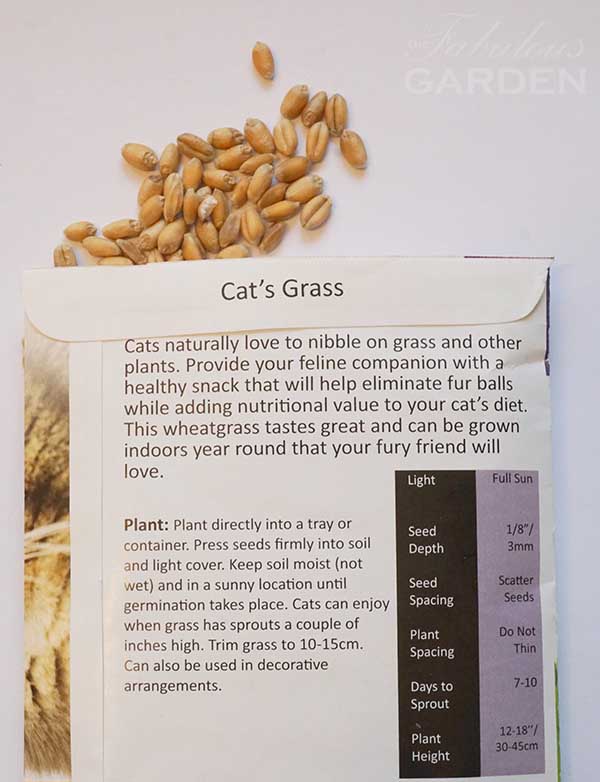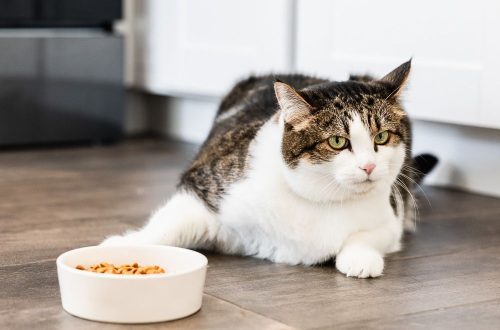
Grass for cats: instructions for use
Many cats love to eat green grass – but this process must be controlled to maintain the health of the pet. And before planting cat grass on your windowsill, it’s best to read the advice of the experts.
Can cats eat grass?
Yes, but it’s not that simple. Some green “pets” are poisonous to animals – eating their leaves can lead to poisoning. Therefore, to begin with, it is important to check that there are no dangerous plants in the house. And then study what grass can cats:
- oats;
- rye;
- barley;
- wheat;
- sorghum;
- millet;
- ryegrass;
- bluegrass meadow.
Important: Do not replace the above cultures with catnip. This is perhaps the favorite herb of cats, but due to its strong effect on the nervous system, it should not be consumed daily.
Why do cats eat grass
One of the myths about cats says: eating grass means getting sick. But the research results are not so categorical, so experts are testing many other hypotheses. Your cat may be eating grass to:
- Satisfy the instincts
In the wild, cats eat grass after they have eaten their prey. Even if a domestic cat has never caught a mouse or a bird, instinct may lead her to potted greens.
- Help digestion
Eaten greens irritate the walls of the stomach and thereby help get rid of hairballs. In addition, it contains fiber, which improves the digestion process.
- Get useful stuff
Green grass can make up for the lack of vitamins – for example, A and D. It also contains folic acid, which has a positive effect on the cat’s blood circulation.
Important: the pet should receive the main part of vitamins and minerals from food. Grass can only be an addition to the diet.
How to Grow Cat Grass
Grass is primarily associated with lawns on the street, but it is better not to send your pet on such a “hunt”. At home, you can control the process, but self-walking cats often leads to poisoning.
Growing herbs for your pet at home is not at all difficult. Pet stores sell grass seeds for cats in ready-made sets of three, five or more types of cereals. As a rule, specific growing and care instructions are indicated on the packages, but the general recommendations are as follows:
- soak the seeds briefly before planting;
- plant no more than one handful of seeds at a time;
- place the seeds in a container or pot, sprinkle with earth three to four centimeters;
- water the soil and place the container in a sunny place;
- let the seeds germinate within a week;
- give grass to be torn apart by a cat 10-14 days after germination;
- keep the container further in the sun and spray daily with a spray bottle;
- renew the planting if the grass has begun to turn yellow or wither.
What if the cat is sick?
Perhaps in this way the herb fulfills its mission: it helps the stomach to get rid of hairballs and undigested food. But eating grass is not the only reason why a cat may feel sick. In any case, it is better to consult a veterinarian and exclude possible diseases.





